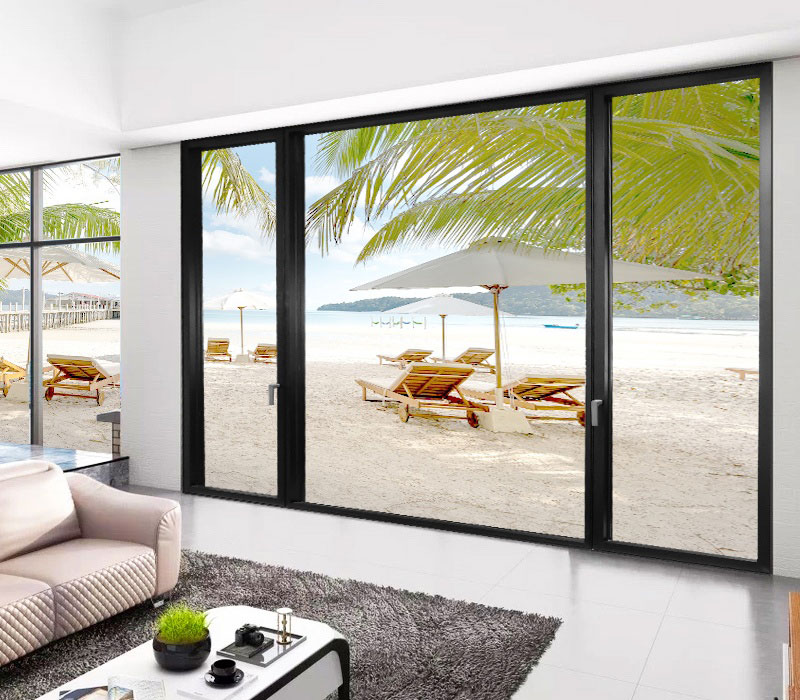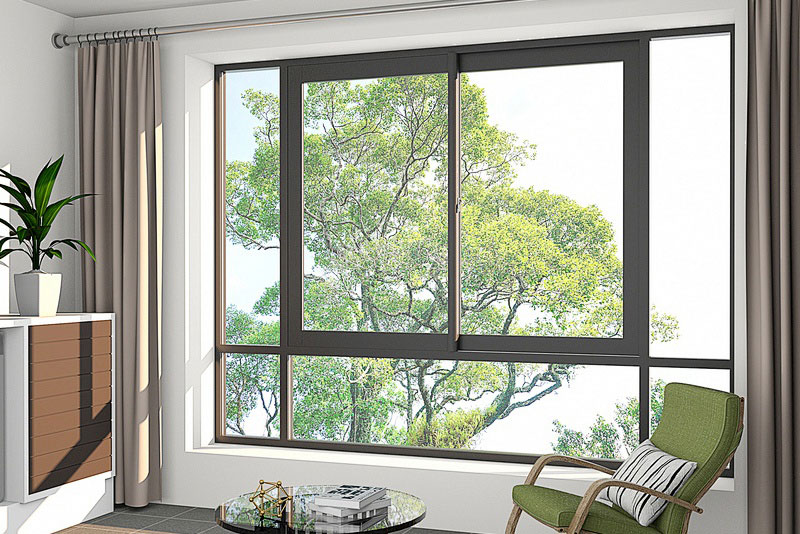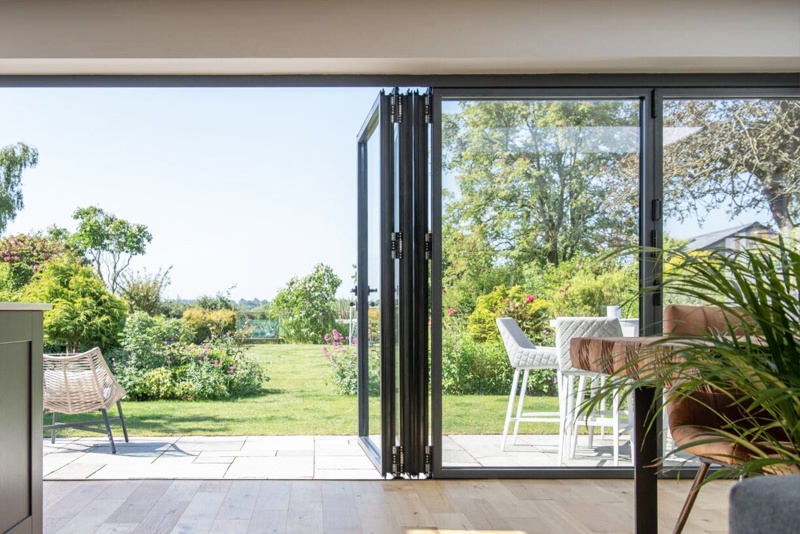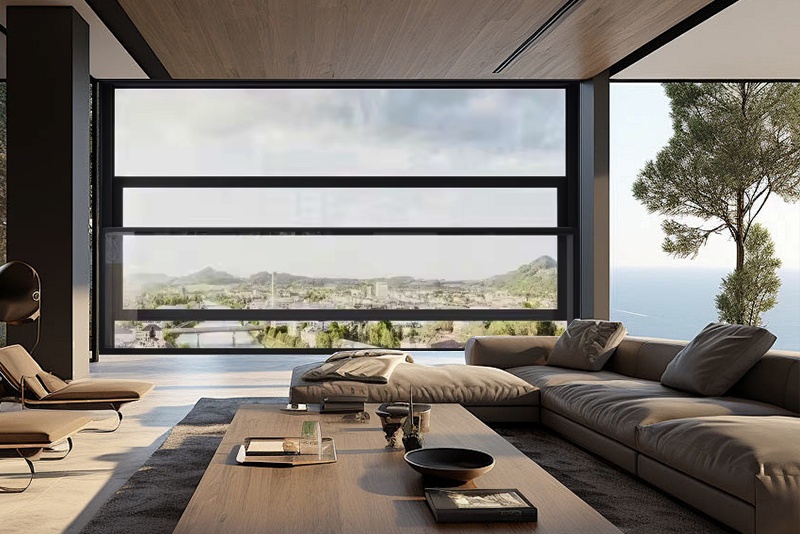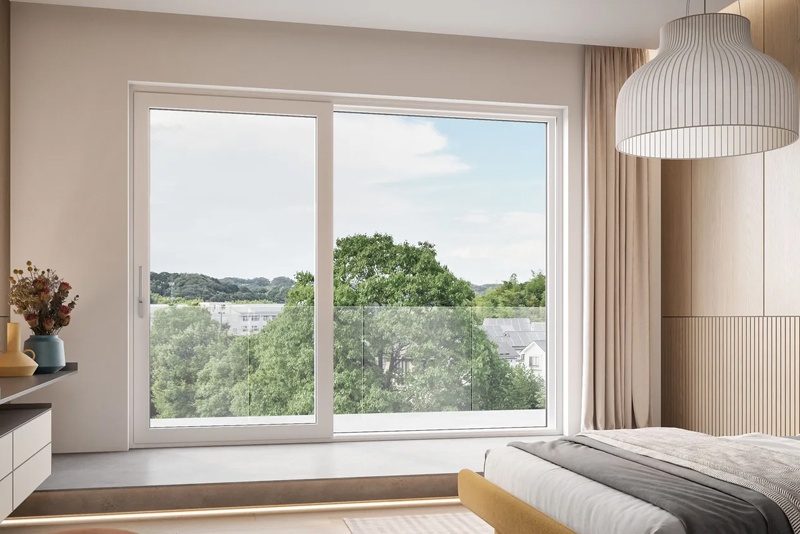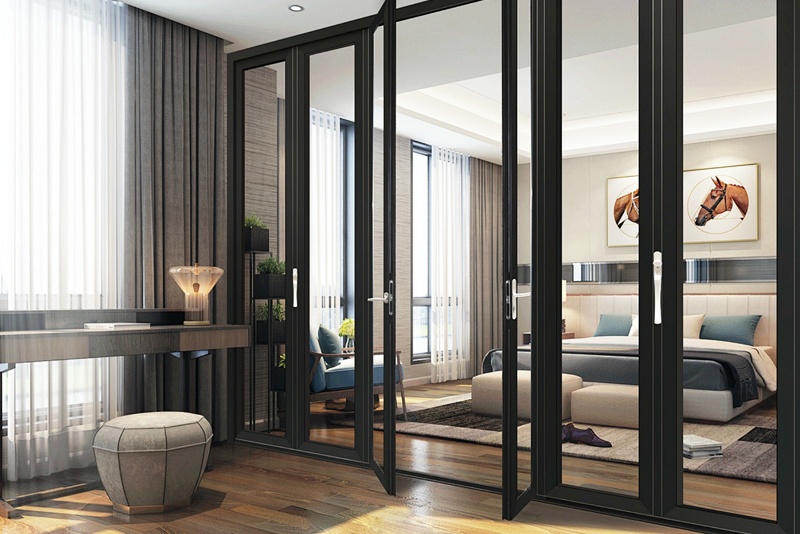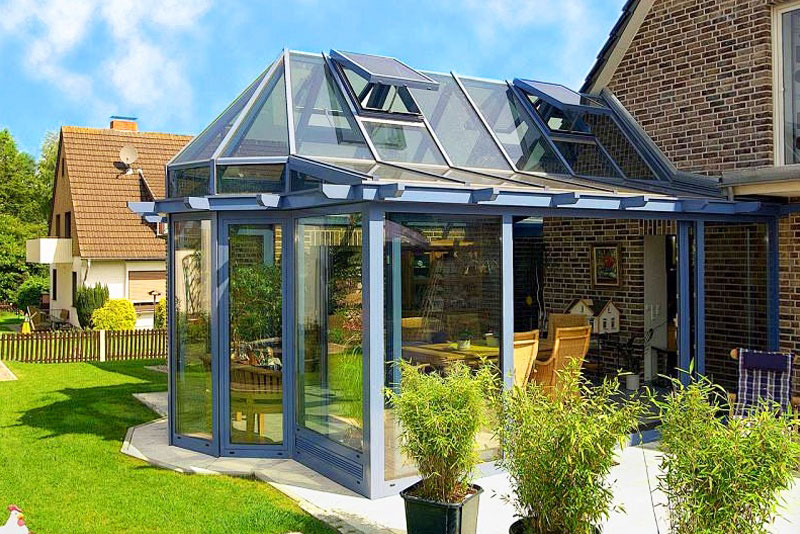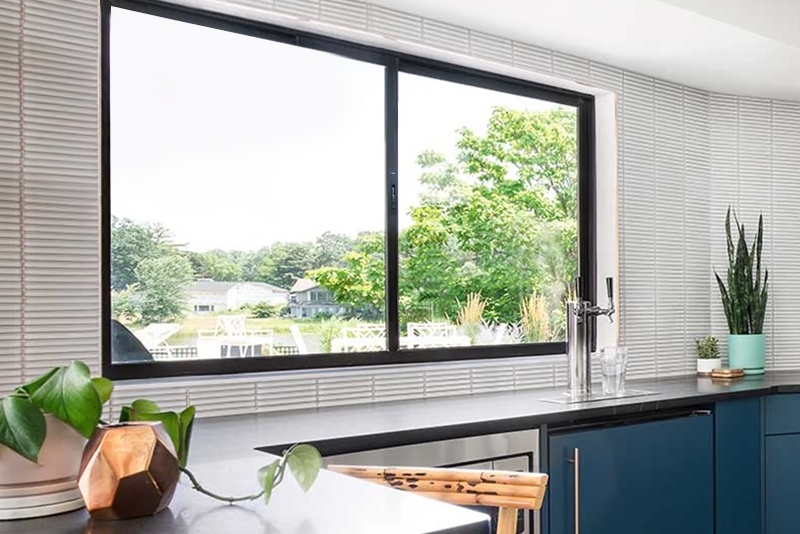Guangzhou Design Week 2025: An Insider’s Playbook
What to really expect at this year’s show – and how to work it like a pro. So you’re planning for Guangzhou Design Week. Good call. Having walked these halls for the better part of a decade, I can tell you this: come prepared, and it’s gold. Come unprepared, and you’re just another face in the 400,000-strong crowd. Let’s cut through the marketing speak. Here’s what actually matters. The Lay of the Land: Three Worlds, One City Forget thinking of this as one big show. It’s not. The three venues operate like separate kingdoms, each with its own culture and specialty. Poly: Where Things Get Built This is the hardware store from heaven. We’re talking structural materials, smart home systems, and everything for full-home customization. The conversations here get technical. People are comparing substrate densities and finish durability. If your project involves walls, floors, or anything structural, start here. The vibe is all business. IPC: The Feel-Good District Walk into the International Procurement Center, and the atmosphere shifts. This is soft furnishings territory – fabrics, lighting, furniture, and decor. It’s where spaces get their personality. Designers flock here for tactile inspiration. The lighting is better, the displays are more curated,......






